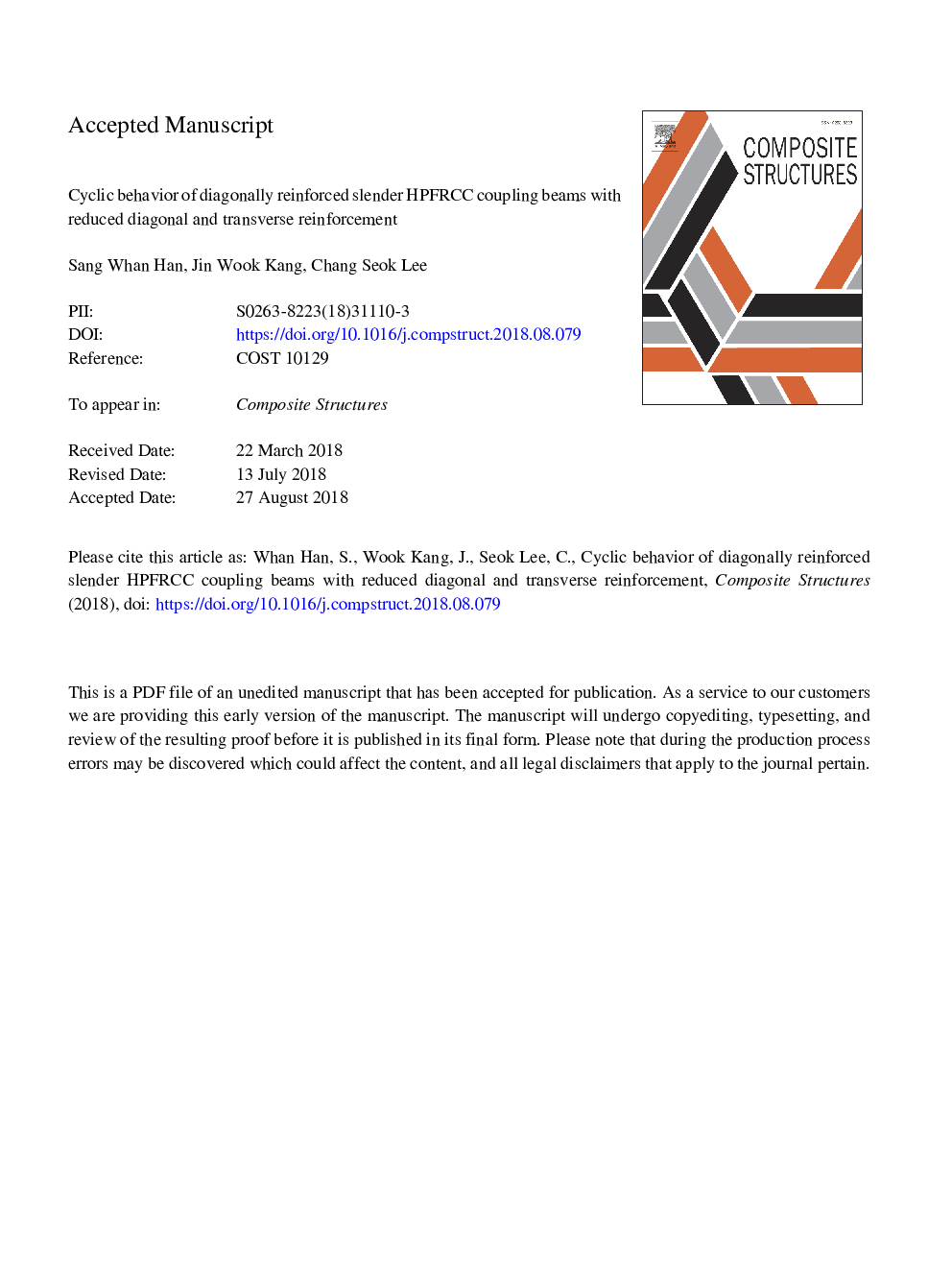| Article ID | Journal | Published Year | Pages | File Type |
|---|---|---|---|---|
| 10131656 | Composite Structures | 2018 | 31 Pages |
Abstract
Slender diagonally reinforced coupling beams (DRCBs) have been increasingly used for coupled shear wall systems in high-rise buildings, which can reduce the height of buildings and associated construction costs. However, in practice, it is difficult to make slender DRCBs according to current design provisions due to heavy reinforcement congestion. To alleviate the reinforcement congestion problem and improve the cyclic behavior of the coupling beams, High Performance Fiber-Reinforced Cementitious Composite (HPFRCC) DRCBs with new reinforcement arrangements or a reduced amount of reinforcement have been developed. The objective of this study is to explore the cyclic behavior of slender DRCBs made of HPFRCC with polyvinyl alcohol (PVA) fibers. Experimental tests were conducted with six DRCB specimens with a length-to-height (ln/h) of 3.5 to investigate the effect of the HPFRCC and the amount of diagonal and transverse reinforcement on the cyclic behavior of slender DRCBs. In this study, an empirical equation for predicting the shear strength of slender HPFRCC DRCBs was also proposed, considering the contributions of the HPFRCC and the amounts of diagonal and transverse reinforcements. The proposed equation was verified by using HPFRCC DRCB specimens with ln/h ranging from 2.0 to 3.5.
Related Topics
Physical Sciences and Engineering
Engineering
Civil and Structural Engineering
Authors
Sang Whan Han, Jin Wook Kang, Chang Seok Lee,
